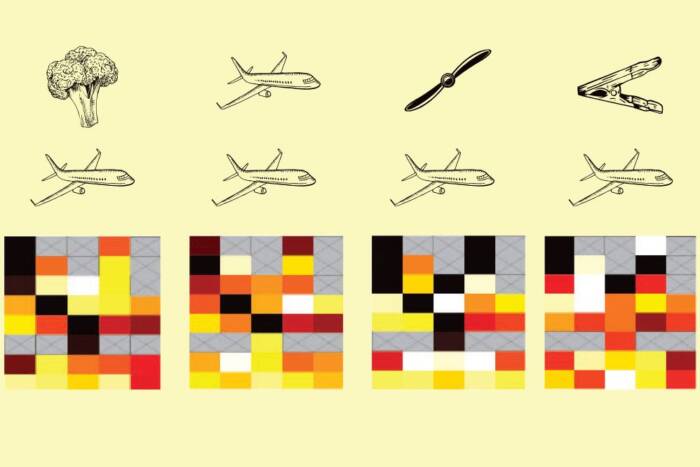Two proteins enable skin cells to regenerate
Nevermind facial masks and exfoliating scrubs, skin takes care of itself. Stem cells located within the skin actively generate differentiating cells that can ultimately form either the body surface or the hairs that emanate from it. In addition, these stem cells are able to replenish themselves, continually rejuvenating skin and hair. Now, researchers at Rockefeller University have identified two proteins that enable these skin stem cells to undertake this continuous process of self-renewal.
The work, published in Nature Genetics, brings new details to the understanding of how stem cells maintain — and lose — their status as stem cells and are able to specialize into various types of cells. It also further dissects a ubiquitous Rube Goldberg-like pathway whose molecular gears and levers play an important role in activating stem cells to divide and transform into tissue-making cells.
Lead researcher Elaine Fuchs, head of the Laboratory of Mammalian Cell Biology and Development, and first author Hoang Nguyen, a former postdoc in the lab, worked with mice engineered to lack the proteins TCF3 and TCF4, which reside in the nucleus of skin stem cells, where they bind to DNA to turn genes off that would otherwise cause the stem cells to differentiate. They found that without TCF3 and TCF4, all of the layers of the mice’s skin still develop properly, but they cannot be maintained.
“The epidermal stem cells — one of the types of stem cells in the skin — lose their capacity to self-renew and replace skin cells that have died,” says Nguyen, who is now an assistant
 (opens in new window)
(opens in new window)
Skin deep. In a skin grafting experiment, skin with TCF3 and TCF4 (top), unlike skin without the two proteins (bottom), can activate epidermal stem cells to replenish skin cells on the surface that have died and flaked off.
professor at Baylor College of Medicine in Houston, Texas. “We show that the epidermis cannot be maintained long-term without these two proteins. And that’s what we see in the Petri dish as well as our skin-grafting experiments.”
The TCF proteins (there is a family of four) are found in many stem cells of the body. Their ability to turn genes on depends on signals they receive from their molecular environment that result in the stabilization of a partner molecule called β-catenin.
Fuchs, who is a Howard Hughes Medical Institute investigator and Rebecca C. Lancefield Professor at Rockefeller, and Nguyen have now learned that TCF3 and TCF4 can also work in skin stem cells by keeping off genes when nuclear β-catenin is not around. “In the hair follicles, TCF3 and TCF4 are required to maintain the stem cells as stem cells when β-catenin is not around, but when β-catenin is there, hair growth is activated,” says Fuchs. “In the skin epidermis, TCF3 and TCF4 apparently maintain the epidermal stem cells all by themselves, without β-catenin.”
“If the TCF proteins always act through β-catenin in the skin, then you would always see the same failures whenever β-catenin or TCF3 and TCF4 are missing,” says Nguyen. “But you don’t. The epidermis seems to rely more on TCF3 and TCF4 while hair follicles require TCF3 and TCF4 and β-catenin. This means that there is an arm of this pathway that has never been explored.”
Although the finding is new for mammalian stem cells, it has parallels in other organisms, including worms. “TCFs have ancient origins and the worm field has long believed that TCFs have functions that are not dependent upon β-catenin,” says Fuchs. The parallels between worms and mammalian skin opens new avenues of research into regenerative therapies that could illuminate how to trigger skin growth for burn victims or hair growth for those suffering from hair loss.
“Skin stem cells hold great promise for regenerative medicine,” says Fuchs. “And the more we know about what makes a stem cell a stem cell and the different cocktail of molecules that give these cells their properties, the more sophisticated we can be about understanding their basic biology and using them for the benefit of society.”
 (opens in new window) (opens in new window) |
Nature Genetics online: August 30, 2009 Tcf3 and Tcf4 are essential for long-term homeostasis of skin epithelia(opens in new window) Hoang Nguyen, Bradley J. Merrill, Lisa Polak, Maria Nikolova, Michael Rendl, Timothy M. Shaver, H. Amalia Pasolli and Elaine Fuchs |


